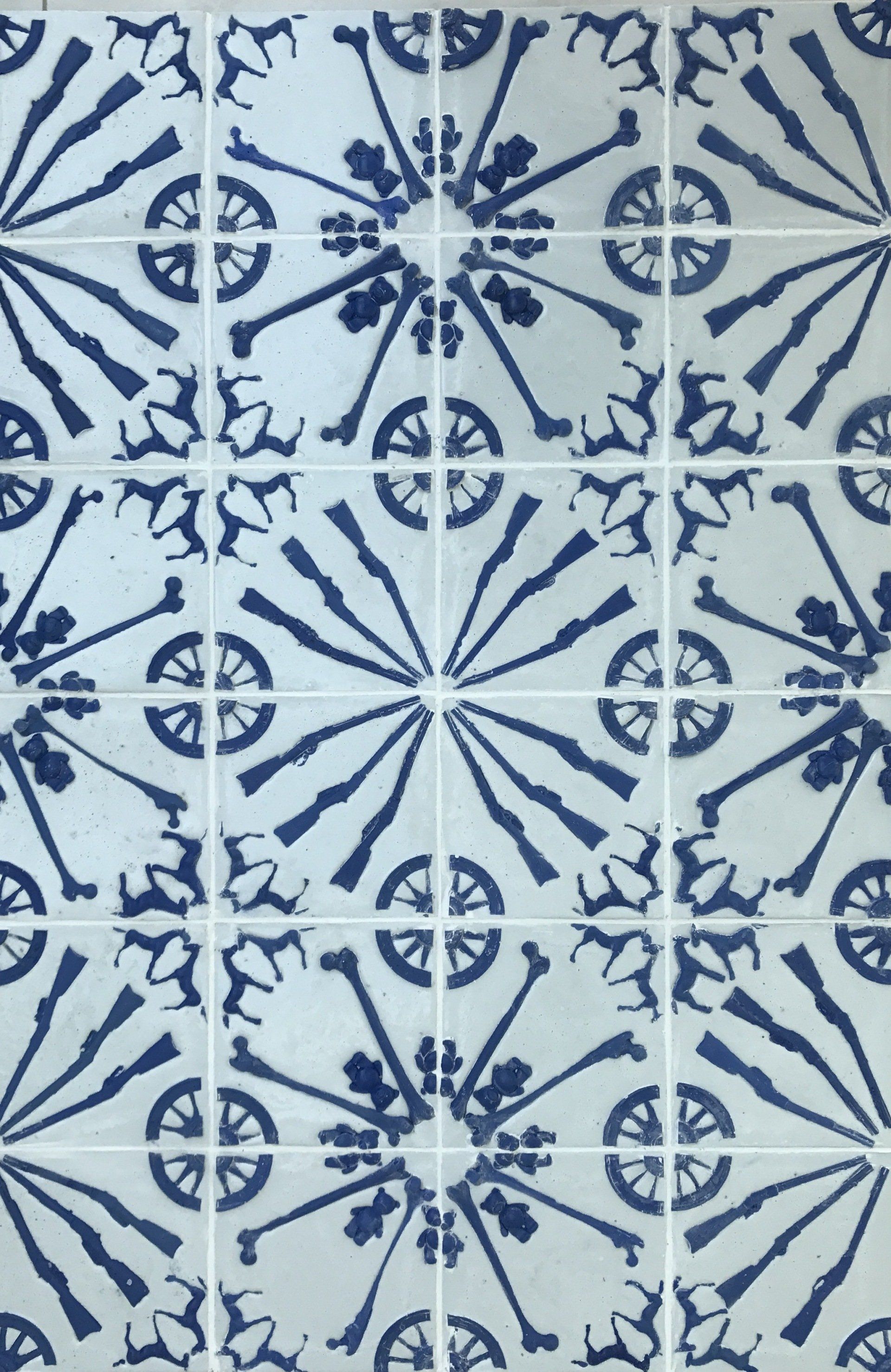FOR EMILY HOBHOUSE.
2018
Media: Easiflow 100, slate powder, talc, dye, grout and MDF.
64cm x 96cm
For Emily Hobhouse.
This work was made for an exhibition at Westbury Manor, Hampshire, that has an archive of histological objects belonging to the Hampshire Cultural Trust. From this archive a Winchester rifle was chosen belonging to a Boer soldier called Eloff who in 1900 was sent to put down the siege of Mafeking during the Boer war between the British and the Boer people.
The British ran 45 concentration camps in South Africa that were responsible for the deaths of 28,000 Boer women and children and 20,000 indigenous people. Over 326,000 horses died.
The British woman Emily Hobhouse was widely despised in Britain when she exposed the appalling unhygienic conditions due to lack of resources and overcrowding, that Boer women and children experienced in British concentration camps. The British government initially denied the abject conditions and all responsibility, but her relentless campaigning led to improved conditions, and she is widely acknowledged in South Africa.
In 1902, she published The Brunt of War and Where It Fell, stating that women were the principal victims of war. As a champion for female suffrage, she believed that war would be eradicated if women had political influence.
The rifle (recreated using CAD drawings and 3D printing) and related metaphorical objects, representing those who lost their lives in the camps, are transformed into trinkets within an ironic decorative pattern in Dutch Delftware tiles. These tiles report Emily’s ugly truths. The patterns transform into a series of cartwheels, reflecting the Boer’s farming heritage and the delftware tiles are emblematic of their Dutch ancestry.
